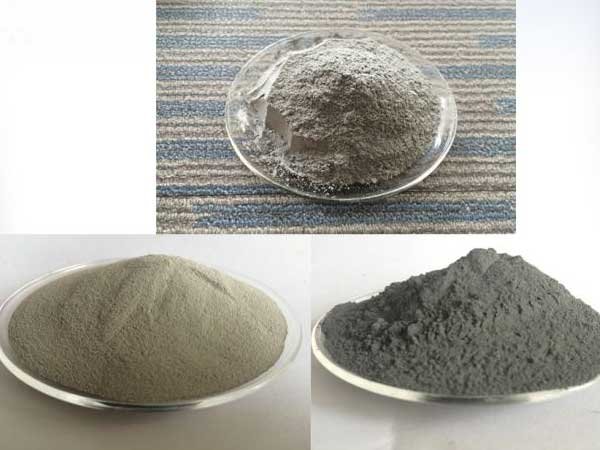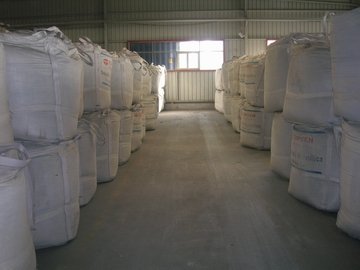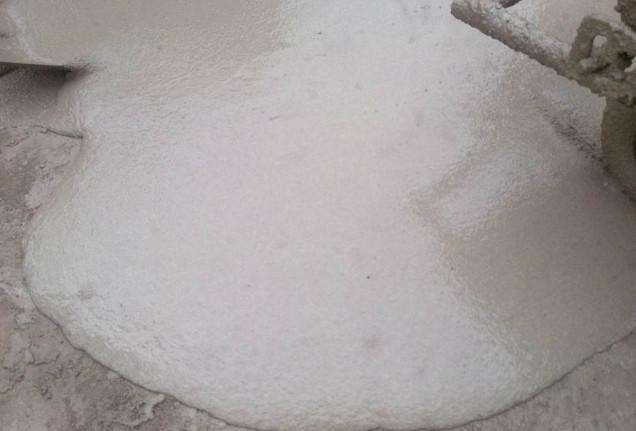
Product Name: Silica Fume
Synonym: Microsilica, amorphous silica
Physical State: Powder
Color: Grey
Odor: Odourless
PH: Not available
Vapor pressure: Not applicable
Viscosity: Not applicable
Boiling point: Not applicable
Freezing/Melting point: 1,580 C
Auto-ignition temperature: Not applicable
Flash point: Not applicable
Explosion limits: Lower/Upper: Not available
Decomposition temperature: Not available
Solubility in water: Insoluble
Specific gravity/Density: 2100-2300 kg/m3
Bulk density: 150-750 kg/m3
Molecular formula: SIO2
Hazard Statement: IT CONTAINS MATERIAL WHICH CAN CAUSE CANCER.
MAY BE HARMFUL IF INHALED.
Can cause moderate irritation due to abrasive action.
Keep container tightly closed.
Avoid inhalation of dusts.
Avoid ingestion.
Avoid contact with the skin, eyes and clothing.
Wash thoroughly after handling.
Primary routes of exposure:
Routes of entry for solids and liquids include eye and skin contact, ingestion and inhalation.
Routes of entry for gases include inhalation and eye contact. Skin contact may be a route of entry for liquefied gases.
Potential health effects:
– Eye contact: May cause mechanical irritation.
– Skin contact: May cause mechanical irritation.
– Inhalation: May cause mechanical irritation.
– Ingestion: May cause gastric distress, nausea and vomiting if ingested.
Carcinogenicity: Contains material which can cause cancer. Risk of cancer depends on duration and level of exposure.
General advice:
First aid personnel should pay attention to their own safety. Immediately remove contaminated clothing.
If inhaled:
After inhalation of dust, keep patient calm, remove to fresh air and seek medical attention.
If on skin:
After contact with skin, wash immediately with plenty of water and soap. Under no circumstances should organic solvent be used. If irritation develops, seek medical attention.
If in eyes:
Wash affected eyes for at least 15 minutes under running water with eyelids held open, consult an eye specialist.
If swallowed:
Rinse mouth immediately and then drink plenty of water, seek medical attention.
Do not induce vomiting unless told to by a poison control center or doctor.
Note to physician
Treatment: Treat according to symptoms (decontamination, vital functions), no known specific antidote.
FIRE FIGHTING MEASURES
Flash point: Non-flammable.
Flammability: does not ignite
Suitable extinguishing media: Foam, water spray, dry powder, carbon dioxide
Unsuitable extinguishing media for safety reasons: water jet
Hazards during fire-fighting: carbon dioxide, carbon monoxide, harmful vapours, nitrogen oxides, fumes/smoke, carbon black
Protective equipment for fire-fighting: Wear a self-contained breathing apparatus.
Further information:
The degree of risk is governed by the burning substance and the fire conditions. If exposed to fire, keep containers cool by spraying with water. Collect contaminated extinguishing water separately; do not allow reaching sewage or effluent systems.
Contaminated extinguishing water must be disposed of in accordance with official regulations.
Personal precautions:
Do not breathe vapour/aerosol/spray mists. Wear eye/face protection. If exposed to high vapour concentration, leave area immediately. Use personal protective clothing.
Handle in accordance with good building materials hygiene and safety practice.
Environmental precautions:
Contain contaminated water/firefighting water. Do not discharge into drains/surface waters/groundwater.
Clean up:
Avoid raising dust.
For small amounts: Pick up with suitable appliance and dispose of. Dispose of contaminated material as prescribed.
For large amounts: Pick up with suitable appliance and dispose of. Dispose of absorbed material in accordance with regulations.




